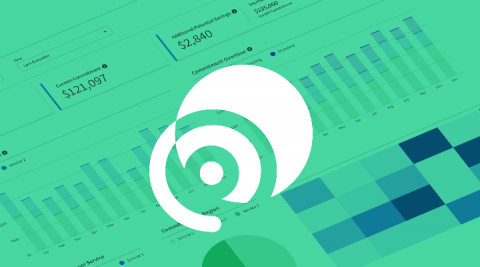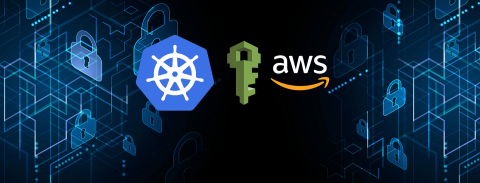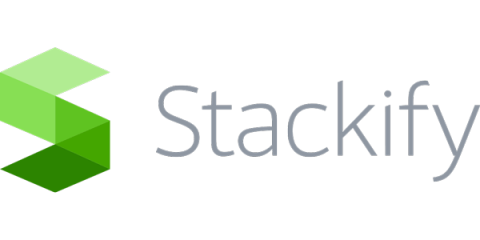Announcing Hosted Rancher with Rancher 2.4
We’ve heard from many of our customers and prospects that they love Rancher but just don’t have the staff and expertise to operate the platform. Figuring out the compute, storage and networking architecture can be a challenge. Performing upgrades, backups and troubleshooting can also be time consuming. Monitoring the environment and knowing when to scale up or down, horizontally or vertically, is yet another thing to worry about.











